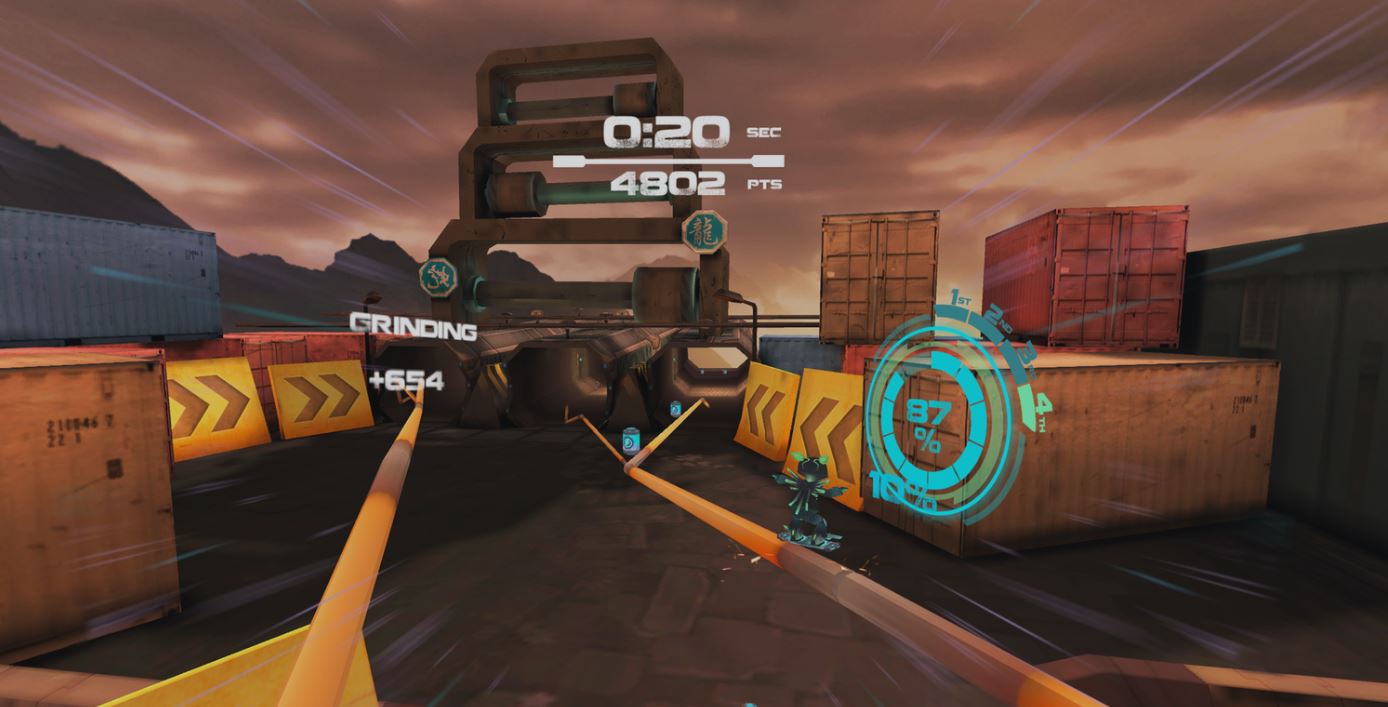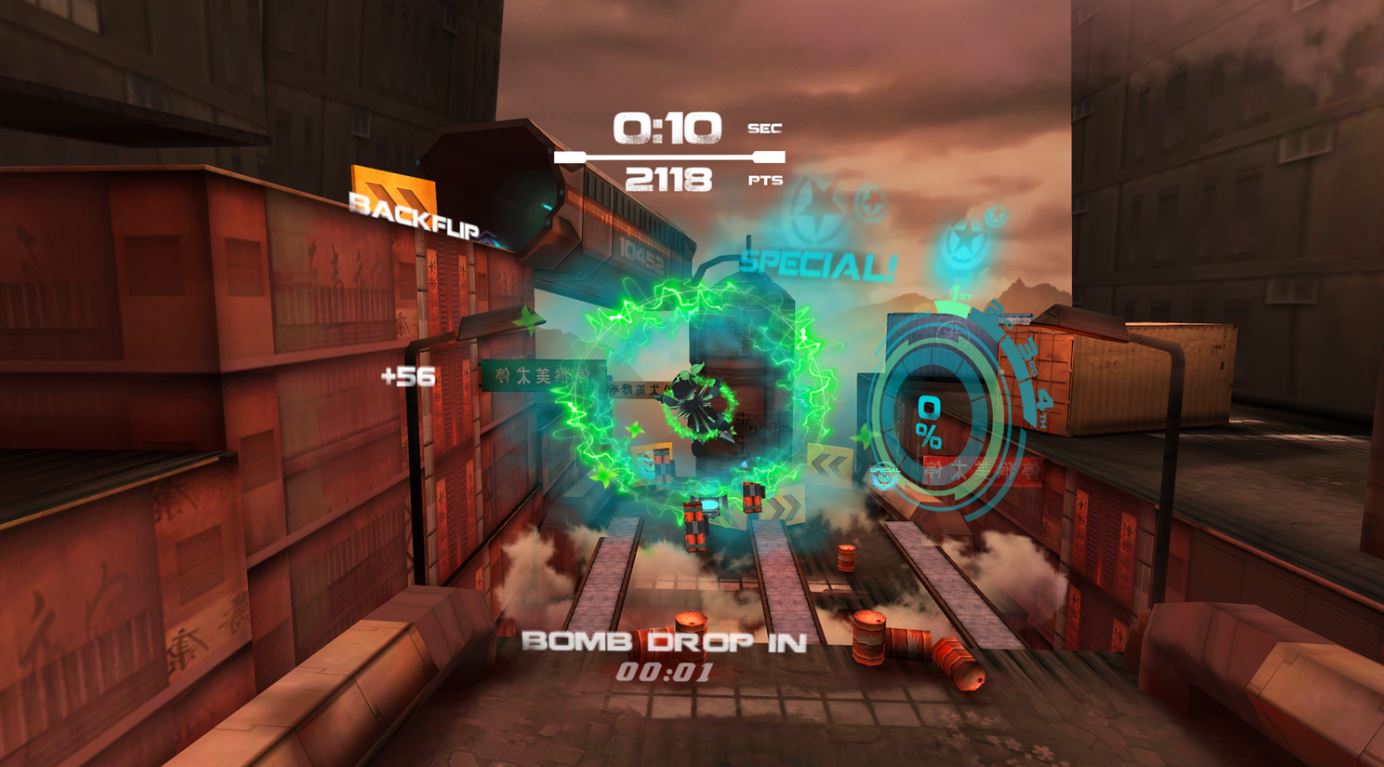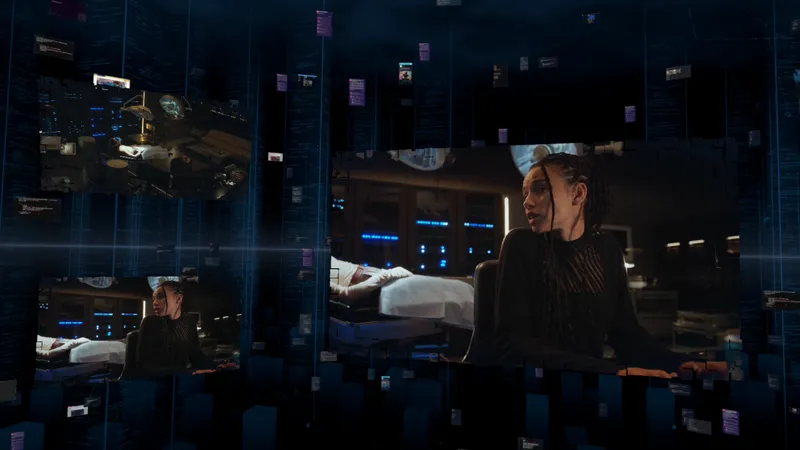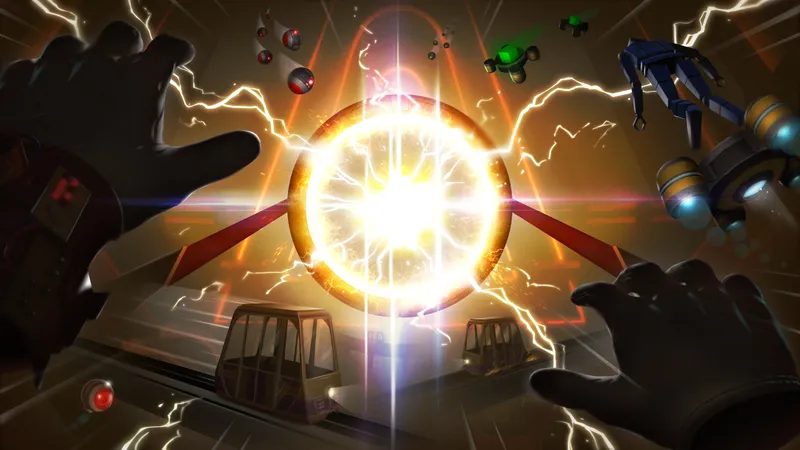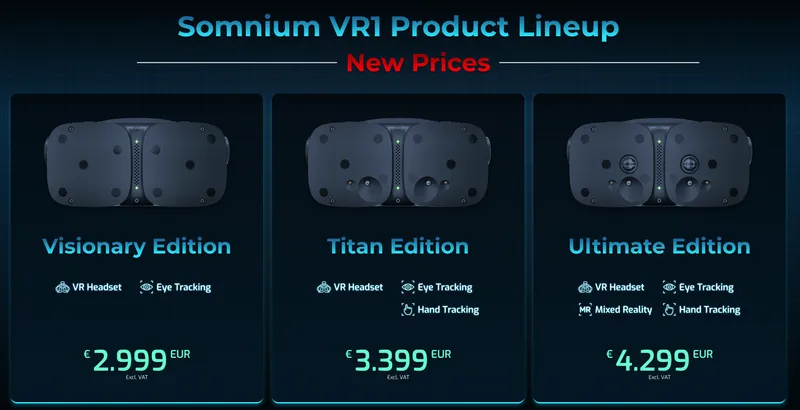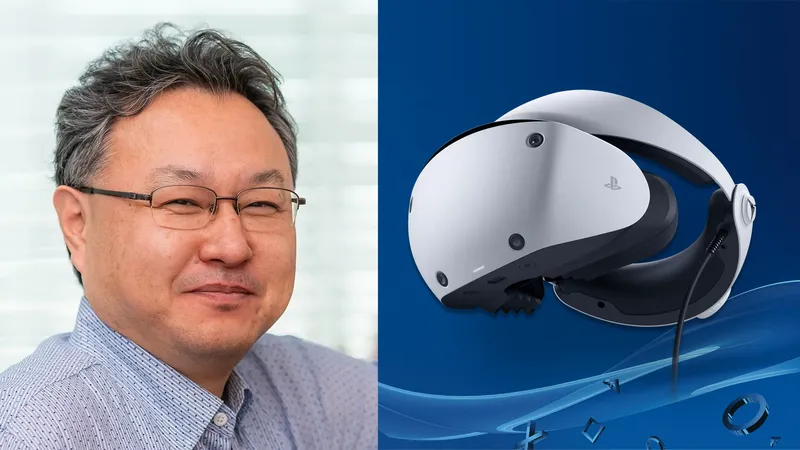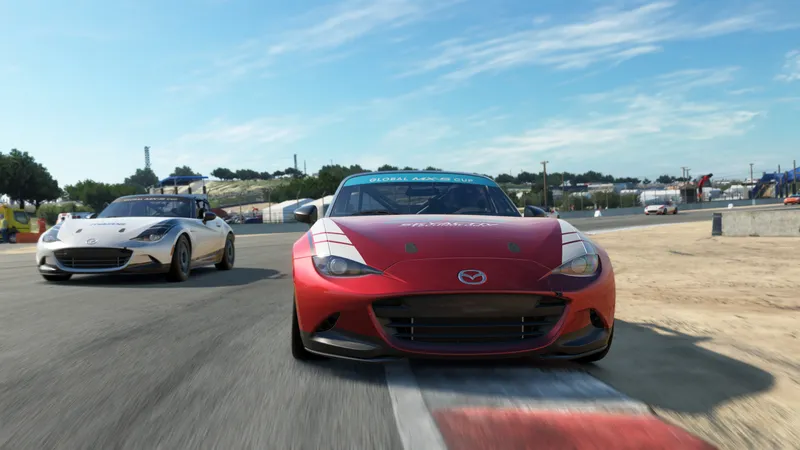Game Cooks is an independent games studio founded in Beirut by two Lebanese brothers – Arz and Lebnan Nader. Since 2011, they’ve released over a dozen successful mobile games on iTunes and Google Play, but HOVR for Gear VR is their first foray into virtual reality.
They’re now keen to see how mobile VR can enhance immersion and engagement for the highly addictive casual games they specialize in making.
https://www.youtube.com/watch?v=CGfD-KTwDJw
“The real ‘Eureka!’ moment came earlier this year when we went to this year’s Game Developer’s Conference (GDC) and were just blown away by how fast things were moving in the VR space,” says Lebnan Nader. “We knew we had to get in on that action, and started jotting down ideas on the flight back from San Francisco. By the time we landed back in Lebanon we set the team straight to work on those concepts.”
The transition to VR development turned out to be quite smooth, since Game Cooks was already working with the Unity engine on their previous mobile titles. Considering their portfolio, it made sense to focus on mobile VR and the Samsung Gear for this first project, but Nader stresses that the team is also keen to explore other VR platforms in the future.
The idea they settled on (which is admittedly inspired by their fondness for the Mr. Robot TV series) takes you into an alternative dystopian world where humanity’s collective mind has been hijacked. You are one of a group of international hackers competing to decipher “The Serve” – the enemy’s mind-control tool. You race through this world on a hoverboard at breakneck speed, outrunning other hackers to deliver that crucial intel to the highest bidder.
“Most other VR games we’ve seen focus more on a first-person perspective and open-world, exploratory aspects of the environment, but we wanted to explore a different side to VR gaming, giving people an action-packed, time-sensitive mission that frames and gives a sense of urgency to that experience. We believe that narrative works to make the game even more immersive,” Nader explained.
You start the game by choosing between 4 characters, then hopping onto a hoverboard which takes you into the fast-paced game environment. Once there, you pursue three main objectives which will feel familiar to anybody who’s ever played an endless runner: Reaching the finish line, outrunning the bots hot on your heels, and achieving a high score, which you can boost by performing artistic maneuvers – such as grabs, jumps and other special tricks – and collecting extra elements like battery packs and power-ups.
Early on in the process, the Game Cooks team realized that using a first-person perspective in such a fast-paced game could easily trigger dizziness, causing disorientation and even nausea. The solution was to use a 3rd person perspective, which also opened up a lot more interesting design possibilities: “We felt that this gaming dynamic worked to give the player more options and feel more in control of their character,” adds Nader. “We enabled a much broader range of movement and maneuverability than would have been possible if using 1st person perspective, as that can quickly become uncomfortable for the player. We also thought quite carefully about the scale in the environment, and decided to make it a bit bigger than you would have in a normal game in order to increase immersion.”
It’s an interesting experiment into how you can still create that sense of full immersion which is central to VR while using a 3rd person perspective.
It wasn’t all smooth sailing, however. One big technical obstacle they tackled in development was the strain of rendering particle systems. For those not familiar with the term, a particle system is a technique that uses a large number of very small 3D models and other graphic objects to simulate “fuzzy” or chaotic phenomena such as explosions, smoke, and abstract visual effects. As a workaround they created a frame-by-frame animation of this particle system that they were then able to use throughout the game without compromising on the visuals. They also developed an AI system that tracks the user progress so that the pursuing bots never get too far ahead or behind the player, keeping a constant competitive edge.
Another consideration in such a fast-paced VR game was the speed factor. Typically, the acceleration/deceleration issue is something that developers stay clear from because of the tendency to cause motion sickness, but they believed that speed would have a big impact on the player experience, so didn’t want to shy away from it, explains Nader.
“The team actually took it as a challenge to find a way around that problem. We came up with a system that jumps the speed in one shot and creates an impact on the player without disorienting them.”
The game has been very well received so far, being shortlisted for Google Play’s Indie Games festival last month. The most interesting thing about HOVR is how it blends a well-established format with a new medium. It will be exciting to see whether it inspires other game developers to follow suit and update the formats which we know and love, and adapt them into to virtual reality experiences.
HOVR is now available on the Samsung Gear VR. You can find more information about the game on its official website.


